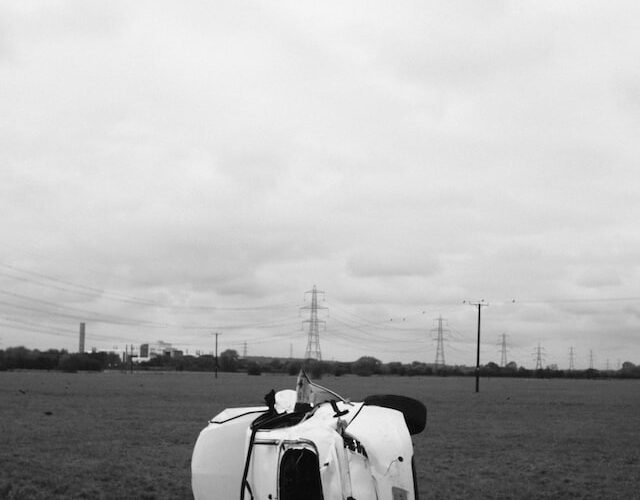Suppose you want to file a car accident claim. In that case, you’ll want to consider every element that contributed to the accident. This move ensures you gather sufficient evidence to guarantee a successful settlement negotiation or trial. Various aspects are considered when evaluating any car accident that has caused a personal injury. When assessing this accident for a personal injury claim, you must prioritize the following critical elements.
Liability
You must establish liability for your case to have any significance. Proving liability implies you can enforce a claim against another party for their negligence, intentional misconduct, or lack of responsibility. This process forms the basis of your case and could require an experienced expert’s assistance.
Various forms of liability suffice, from comparative negligence and vicarious liability to strict liability and general negligence. Negligence per se is yet another form of liability that could arise. Regardless of the type, there must be a direct association between the automobile accident and the liable party.
At the same time, you must identify the liable parties. Liable parties will often include the driver, employer, or car manufacturer. A fault arising from a car malfunction that the driver and the employer have no control over is deemed the manufacturer’s liability. On the other hand, a negligent driver is liable for an accident. An employer is, directly and indirectly, responsible for the costs associated with an automobile accident.
Injuries or Damages
You can only sustain a personal injury claim if you establish that the accident caused an injury or damage. When establishing injury, you will determine the party’s duty of care, their failure to exercise reasonable care, and causation. You will also need to indicate the actual damage suffered after the accident.
The damage suffered must be a direct effect of the accident. These damages could range from income loss to bodily injury, death, and property damage. However, you must prove a direct connection between the accident and this damage.
Various injuries suffice in a personal injury claim, from physical and financial to emotional and psychological. An expert will help establish all the injuries sustained during this period. In addition, you must have medical receipts, images, and videos as evidence for your claim. Notably, the damage must not have been sustained before the car accident.
Ensure that you list all types of injuries arising from this automobile accident. You can establish direct, indirect, chronic, primary, and secondary damages with an excellent expert in the field. A comprehensive report on these injuries will ensure that you get a better settlement in the long run.
Amount of Property Damage
You must also establish the cost of the property damage sustained. In this case, the evaluation will focus on the extent of damage suffered by the plaintiff’s and defendant’s vehicles. Identifying the cost will be essential for a proper value determination. It also makes the work of the jury significantly straightforward.
An official will help determine the value of the car vis-à-vis how much it will cost to repair it. Suppose the vehicles have already been fixed. In that case, the repair receipts or invoices will suffice.
At the same time, local laws apply when determining the cost of this injury. Each jurisdiction has unique regulations guiding the compensation and evaluation process. For this reason, it would be best to consult a local expert to help maneuver the process. Local experts are a better choice, as they understand the regulations better.
Nothing is as satisfying as winning a personal injury claim. Yet, you must start by comprehensively evaluating your injury and the automobile involved in the accident. The information above indicates what you must consider in the process.




